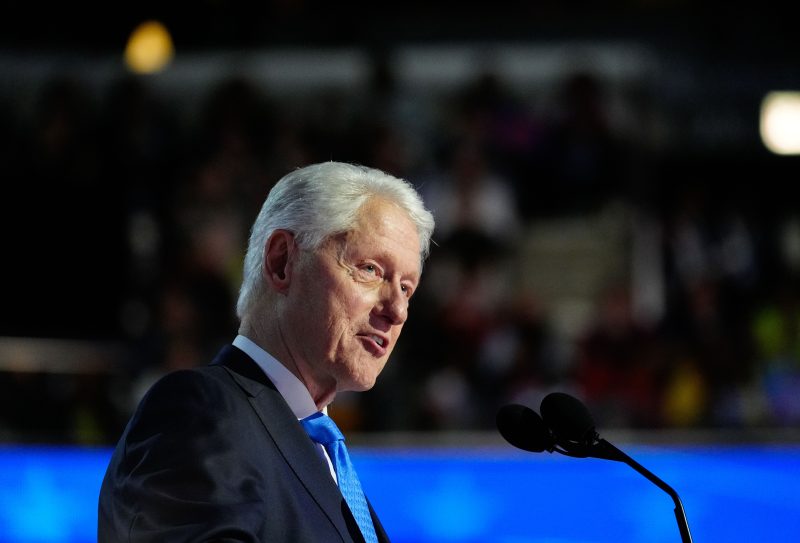In a recent analysis conducted by the U.S. Bureau of Labor Statistics, a stark contrast in job gains under different presidential parties has come to light. The data highlights the significant disparity in job creation during the terms of Democratic and Republican presidents. This disparity raises important questions about the impact of political ideologies on economic growth and employment. Let’s delve deeper into the findings and explore potential explanations for the wide gap in job gains by presidential party.
The data reveals that job gains under Democratic presidents have been consistently higher compared to their Republican counterparts. On average, Democratic presidents have overseen a net job gain of 2.55 million jobs per year, while Republican presidents have only achieved an average job gain of 1.23 million jobs per year. This stark contrast in job creation raises questions about the causes behind this disparity.
One potential explanation for the difference in job gains by presidential party could be related to policy priorities. Democratic administrations often focus on initiatives aimed at boosting job growth through investment in infrastructure, education, and healthcare. These policies tend to have a more direct impact on job creation, leading to higher job gains during Democratic presidencies.
On the other hand, Republican administrations typically prioritize tax cuts and deregulation as means to stimulate economic growth. While these policies may lead to increased corporate profits and investment, they may not always translate into significant job gains for the broader population. The data suggests that the impact of these policies on job creation may be less pronounced compared to the more interventionist approach favored by Democratic leaders.
Moreover, economic and market conditions during different presidential terms could also influence job gains. Factors such as the business cycle, global economic trends, and technological developments can all play a role in shaping employment outcomes. It is possible that job gains under Democratic presidents have been bolstered by more favorable economic conditions during their terms in office.
Another factor to consider is the role of Congress in shaping economic policy. Presidents often work in conjunction with Congress to pass legislation that can impact job creation. The level of cooperation and bipartisanship between the executive and legislative branches can influence the effectiveness of economic policies and, consequently, job gains.
In conclusion, the wide gap in job gains by presidential party highlights the complex interplay of policy choices, economic conditions, and political dynamics in shaping employment outcomes. While Democratic administrations have historically outperformed Republican administrations in job creation, the reasons behind this disparity are multifaceted. By analyzing the underlying factors driving this trend, policymakers can gain valuable insights into how to effectively promote job growth and foster a thriving economy for all Americans.

